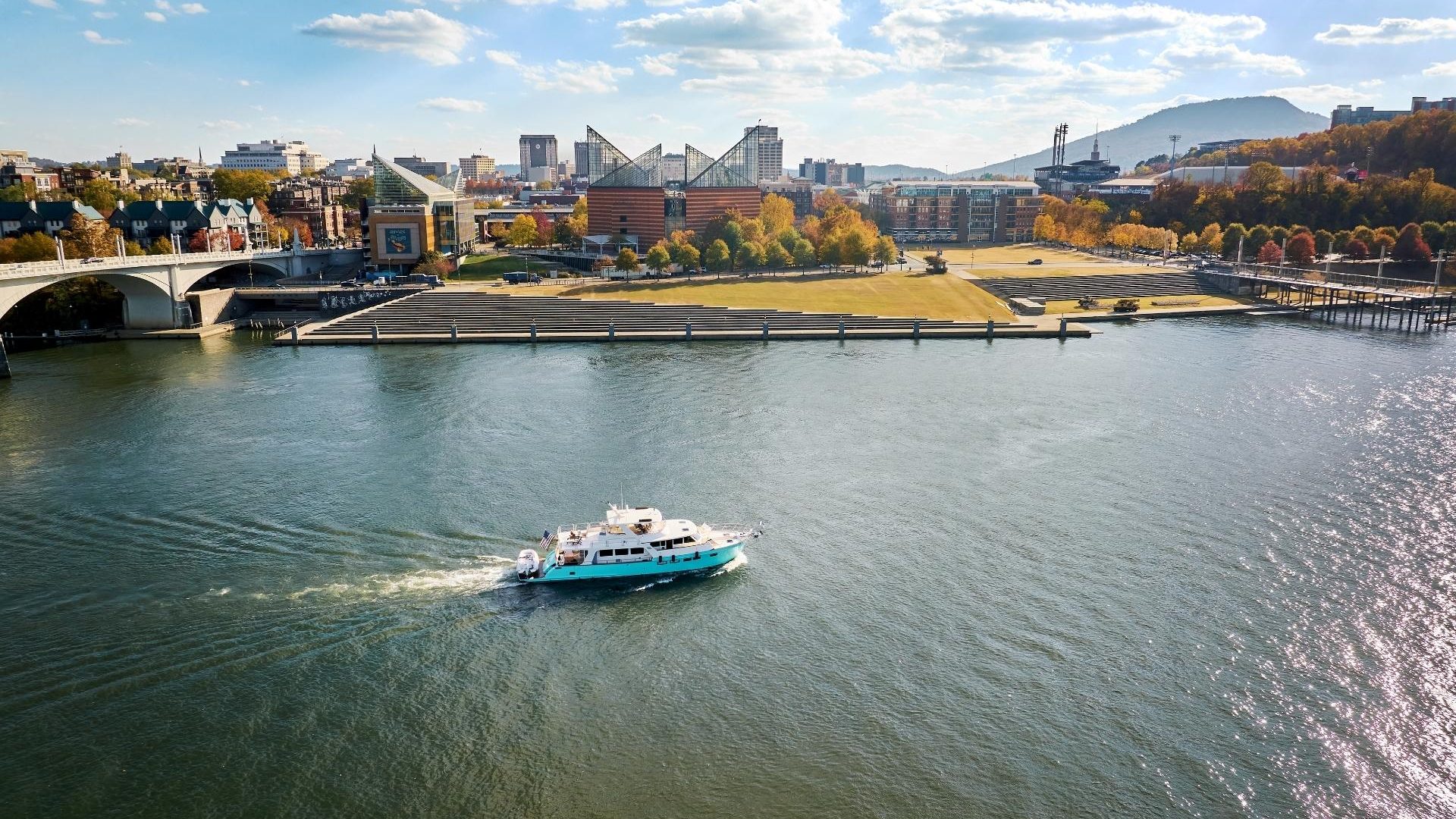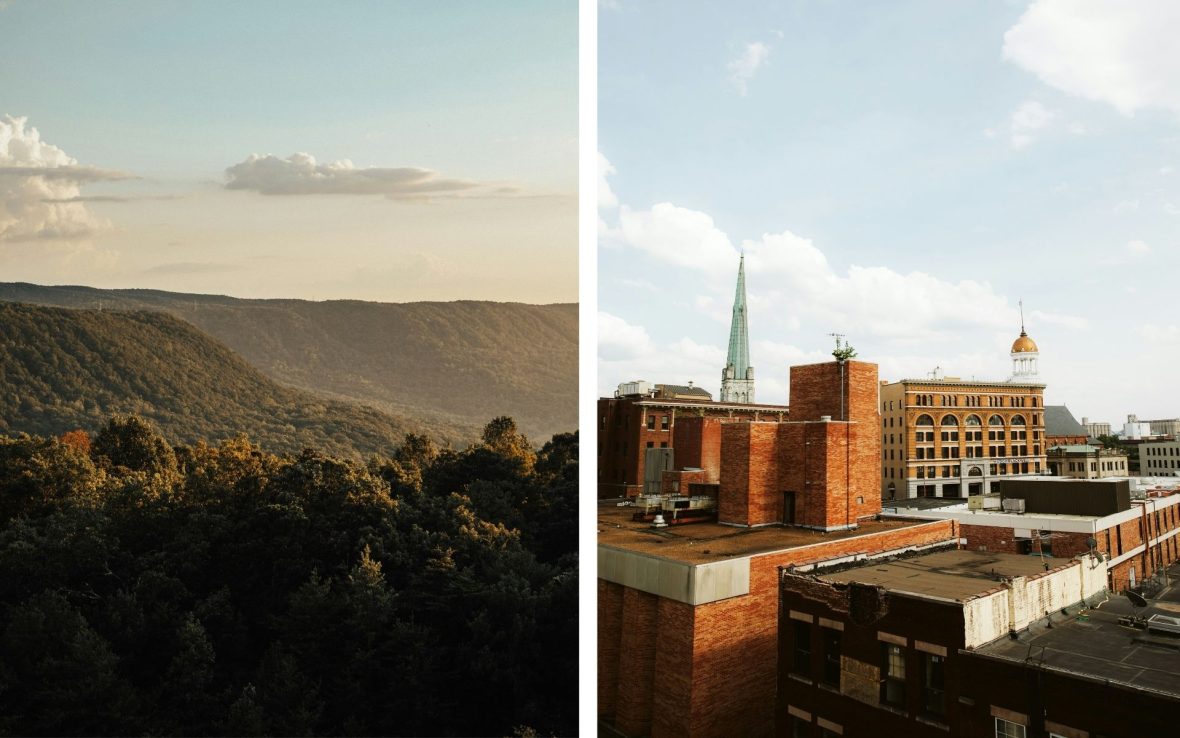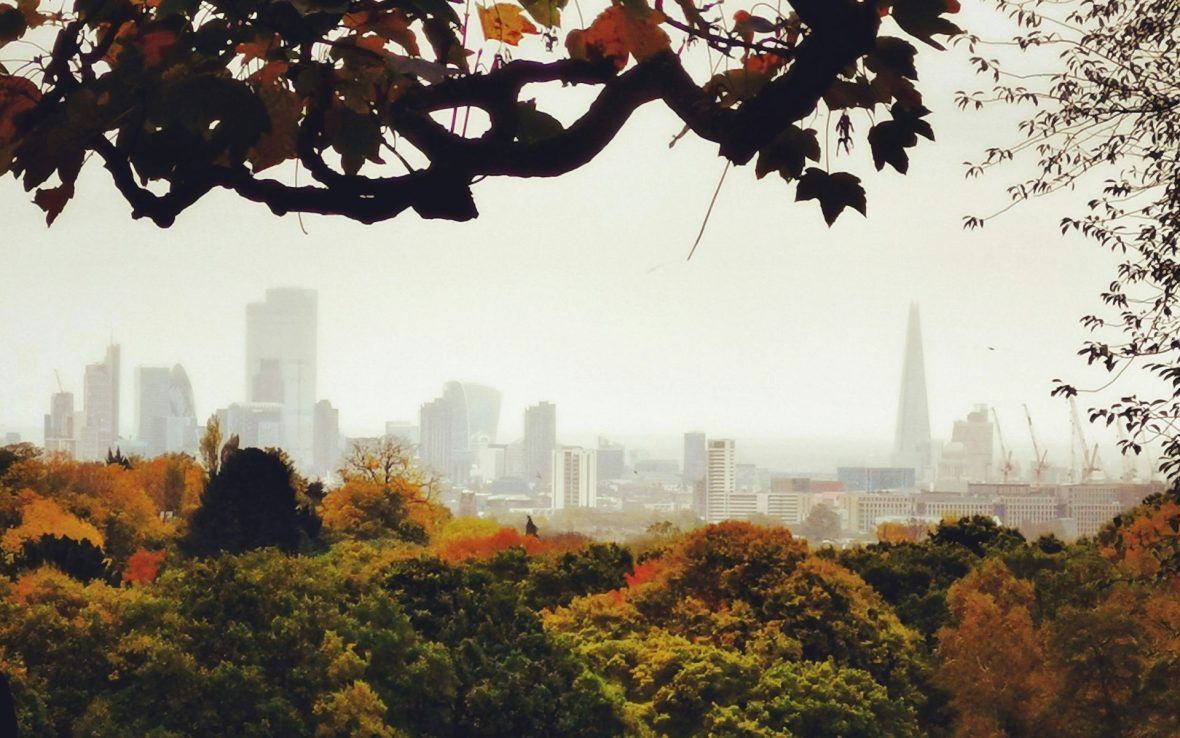
What if you had amazing access to nature right from your front door? The National Park City initiative could help you get there.


What if you had amazing access to nature right from your front door? The National Park City initiative could help you get there.
It’s official: Chattanooga, Tennessee, is a National Park City.
No, that doesn’t mean it’s going to be run like Yosemite or Everglades. This designation has nothing to do with the US National Park Service. But it’s a big deal nonetheless. It means that Chattanooga has invested time and money into improving access to nature and outdoor recreation throughout the city, for all populations. The city has also worked hard to revitalize wildlife habitats and make it easier for people and animals to coexist.
In short, it’s come an awful long way… it was believed to be the most polluted city in the US in 1969. So how did it get here?
Chattanooga is the third-ever National Park City worldwide, and the first in North America. In 2019, London was the first city to receive the honor, and Adelaide, Australia, followed in 2021. The designation, granted by the UK-based nonprofit National Park City Foundation, is intended to both reward and encourage commitments to making urban life greener and more sustainable.

If it comes as a surprise to you that Chattanooga would get such prestigious recognition, it shouldn’t. The city is in the foothills of the Appalachian Mountains, and has a 13-mile riverwalk that snakes along the Tennessee River. It’s known for rock climbing, paddle sports, hiking and mountain biking trails, and whitewater rafting. It has repeatedly received ‘best city’ and ‘best mountain town’ rankings from national and international adventure publications.
“[W]e’ve used the National Park City movement to encourage folks to think about Chattanooga as a city in a park, rather than a city with some parks in it,” Mayor Tim Kelly said in a news release about the designation. “The outdoors is our competitive advantage. It’s at the heart of our story of revitalization, and it’s core to our identity.”
The city also acknowledged that it’s growing too quickly, referring to its development as “unplanned, disconnected, and feckless.” So, they’re working with partners like the Chattanooga Design Studio to take a more thoughtful approach to urban development.
In the 1960s, coal furnaces, railroads, and other industries emitted so much particulate matter that skies in Chattanooga were constantly hazy. It had the third-worst air pollution in the nation in 1961, and this took a toll on the health of its residents. In 1963, the city had a tuberculosis mortality rate that was three times the national average, according to the Air Pollution Control Bureau for Chattanooga-Hamilton County.
It wasn’t until the city was ranked the worst for air pollution, in 1969, however, that clean-up measures started really taking off. It took 20 years for the city to meet all federal health standards for air quality.
Chattanooga started seeking National Park City status in 2023. But the journey isn’t over just because the city has received the honor. Rather, it’s about what they plan to do in the future that helped them to make the cut. Many of the city’s commitments revolve around expanding recreation opportunities for Black and Native American residents, in recognition of those who were enslaved, displaced, or killed in the 1800s.
“I realize that far too many Chattanoogans do not have access to a well-funded, pleasing green space or parks,” Kelly wrote in an op-ed in the Chattanooga Times Free Press late last year. “We must admit our parks system has been layered with generational suffering and complications, often creating and promoting safe, healthy spaces for some, but not all. And we must do better.”
In its application to the National Park City Foundation, Chattanooga detailed an extensive number of programs and projects designed to increase access, conserve nature or protect wildlife, create educational opportunities, and make development more sustainable.All the work and projects are outlined in a ‘charter’ which was co-created with over 75 community leaders.
For example, it highlighted its aquarium, which works on conservation and research projects throughout the South, and initiatives like the White Oak Bicycle Co-Op, which fixes up bikes to provide free access to wheels to people across the community. In 2024, they gave away nearly 800 bikes.
The city also acknowledged that it’s growing too quickly, referring to its development as “unplanned, disconnected, and feckless.” So, they’re working with partners like the Chattanooga Design Studio to take a more thoughtful approach to urban development.
Chattanooga has also worked to return land to the Eastern Band of Cherokee Indians. In February, the US House of Representatives passed a bill sponsored by the city’s congressman, Republican Chuck Fleischmann, to return 76.1 acres.

Virtually any municipality on Earth can get involved with the National Park City Foundation, though only cities can receive the formal designation. That London was the first city to receive the status certainly confused some people, as it’s often seen as the concrete sort of urban jungle. The city is remarkably green, however, as roughly half of it is made up of green spaces like parks, gardens, and forests, and ponds and rivers. The city claims it has over 3,000 parks within its limits.
So where could the next National Park City be? As of this writing, four cities have been nominated: Glasgow, Rotterdam and Breda Stad, Netherlands, and Southampton, England. It could be anywhere—even in your own city. Cardiff, Wales, and Galway, Ireland, have been recognized as ‘emerging’ cities.
But any city that’s willing to put in the work can apply for designation. It all starts with a series of ‘what if,’ questions, which form part of a ‘Journey Book’—a guide created by the organization to help people lead their cities on the path toward becoming greener, more nature-focused homes for their residents. Other cities that have asked “What if?” include Cape Town, Buenos Aires, Manila, Newcastle, Washington, D.C., Bogotá, Nairobi, and Marrakech, among others on every continent.
Could your city be next? Start asking your ‘What if?’ questions here.
As for Chattanooga, becoming a National Park City won’t mean a “new direction” as much as it will highlight good work that’s already happening, the city says. And hopefully, if all goes to plan, they’ll inspire other cities to start doing the work to be greener, more livable places, too.
***
Adventure.com strives to be a low-emissions travel publication. We are powered by, but editorially independent of, Intrepid Travel, the world’s largest travel B Corp, who help ensure Adventure.com maintains high standards of sustainability in our work and activities. You can visit our sustainability page or read our Contributor Impact Guidelines for more information.

Kassondra Cloos is a travel journalist from Rhode Island living in London, and Adventure.com's news and gear writer. Her work focuses on slow travel, urban outdoor spaces and human-powered adventure. She has written about kayaking across Scotland, dog sledding in Sweden and road tripping around Mexico. Her latest work appears in The Guardian, Backpacker and Outside, and she is currently section-hiking the 2,795-mile England Coast Path.


Can't find what you're looking for? Try using these tags: